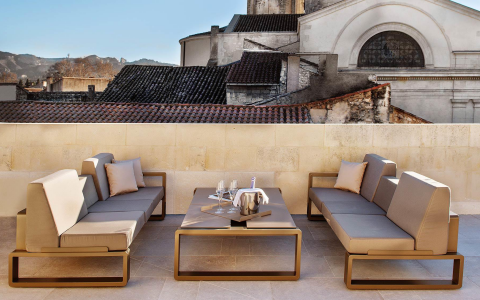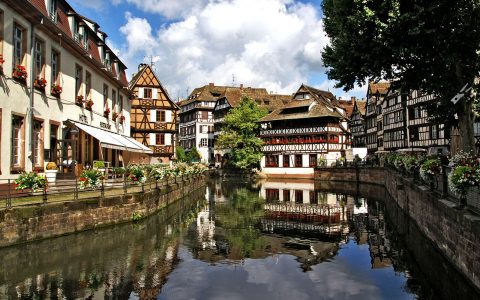A (Brief) History
of a (Long) Banner:
The Bayeux Tapestry
![]() Picture this: in a picturesque and medieval French town, gorgeous homes and intricate stone bridges are…routinely ignored. While Bayeaux certainly has its charms, in this town the top draw is an embroidered piece of cloth. (Seriously.)
Picture this: in a picturesque and medieval French town, gorgeous homes and intricate stone bridges are…routinely ignored. While Bayeaux certainly has its charms, in this town the top draw is an embroidered piece of cloth. (Seriously.)
The Bayeux Tapestry
William the Conqueror and Harold Godwinson
To be fair, this 11th-century antiquity is considered the most precious medieval document in existence, an enormous (230-feet long by 1.5-feet wide) wool-on-linen embroidery chronicling the invasion of England by William the Conqueror in 1066. Invaluable to scholars, the tapestry provides reliable details of the period’s clothing, ships, arms and customs.

The two main characters in the tapestry are Harold Godwinson, king of England, and William, Duke of Normandy. Previously known as “the Bastard,” having been born the illegitimate son of the Duke of Normandy, William later earned the preferred moniker “the Conqueror” after his victory at the Battle of Hastings on October 14, 1066 and his ensuing successful invasion of England. It is this pivotal invasion that the Bayeux Tapestry chronicles.
In 58 scenes, it depicts the historic events that occurred between 1064 and 1066 in Normandy, Picardy, Brittany and England. It is thought to have been commissioned by the bishop of Bayeux, Odon de Conteville, William’s half-brother, and is believed to have been created between 1070 and 1080.
The tapestry is divided into three segments: the upper and lower segments depict scenes and animals from Aesop’s Fables while the middle segment relates the story of the Conquest from the Norman perspective. The battle scenes are depicted in grisly detail, and the upper and lower friezes are often amusing and sexually explicit. This is truly an exceptional work both for its secular subject and its fine craftsmanship.
The Bayeux Tapestry can be seen in its entirety here, but to really see it come to life, take a look at the video below:
See History Come Alive
B&R’s Normandy Biking trip is like turning the pages of a history book while riding along white sand beaches, past quaint thatched cottages and ancient churches. Explore a region as unique as it is historic.
DETAILED ITINERARYMORE FROM France + Normandy
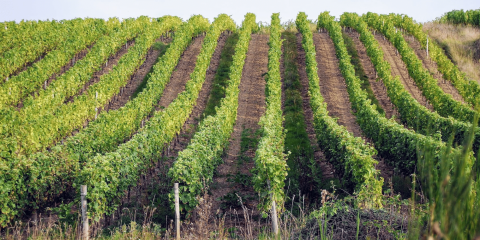
Grape Harvesting in Ventoux
France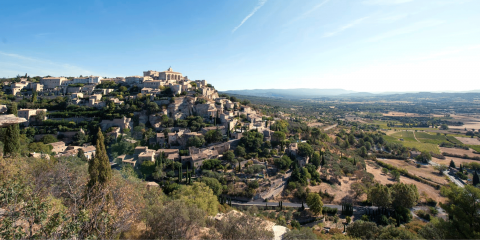
The Top 5 Hiking Routes in Provence and Cote d’Azur
Provence
With Vineyards, Beaches, and Quaint Villages, Île de Ré Is France’s Best-kept Secret
France
Photo Diary: A Sunday in Provence with B&R Guide Tatjana Buisson
Provence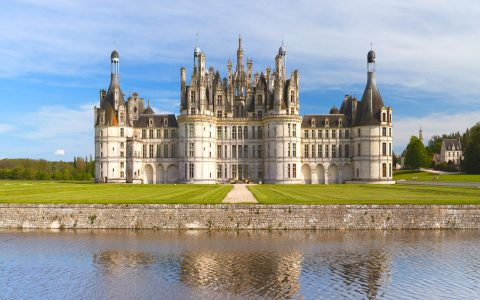
5 Ways to Relive the Renaissance in the Loire Valley
Loire Valley
The Best Luxury Hotels in Paris: From Classic to Contemporary
France
Secrets of the Seine
Île-de-France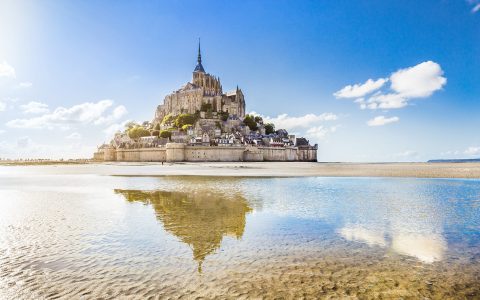
6 Reasons Why You Need to Visit Normandy, France
Normandy
10 Best Markets & Shops in Provence
Provence
Bordeaux Nouveau: France’s Coolest City Right Now
Bordeaux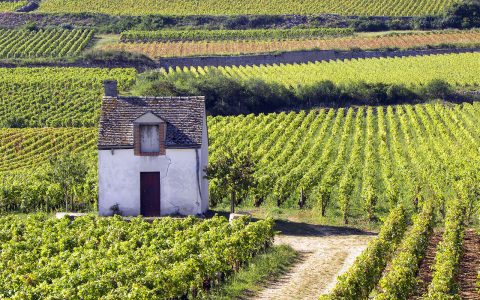
Falling Head Over Heels for Burgundy
Burgundy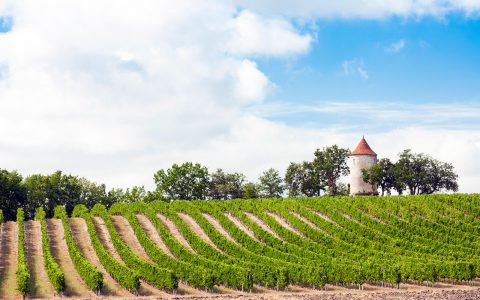
The World’s Best: Top 15 Bordeaux Wines
Bordeaux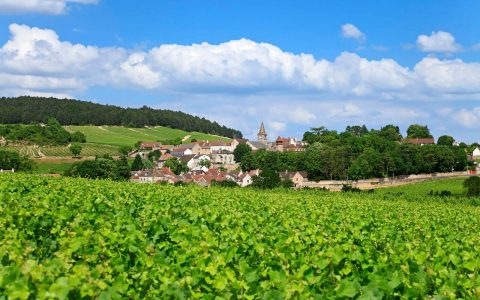
Rediscovering A Classic: Burgundy
Burgundy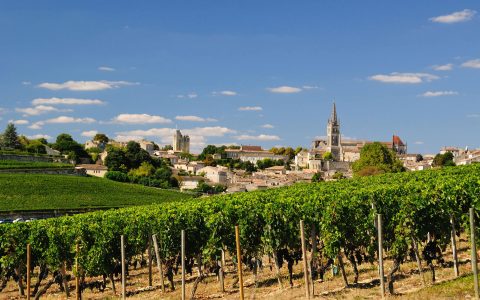
Reading for the Road: Our 5 Favourite Books About Bordeaux
Bordeaux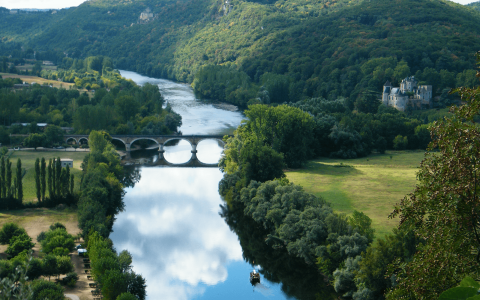
The Pleasures of Southwestern France
Bordeaux
Normandy’s Showstopper: Mont Saint-Michel
Normandy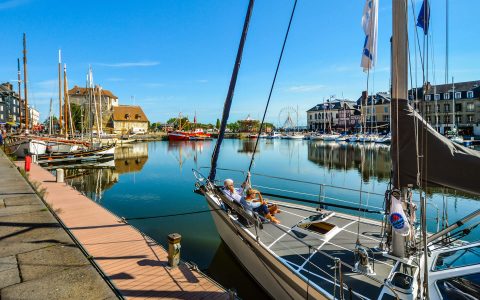
Reading for the Road: Our Favourite Books About Normandy
Normandy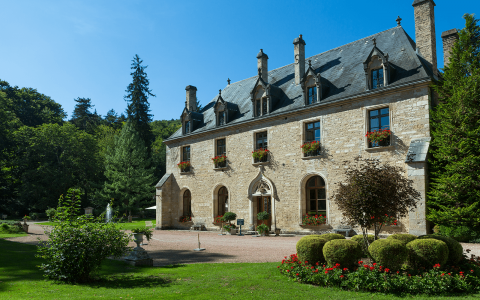
Abbaye de la Bussière: English Hospitality in the Heart of France
Burgundy
Secrets of the Loire Lifestyle
Loire Valley